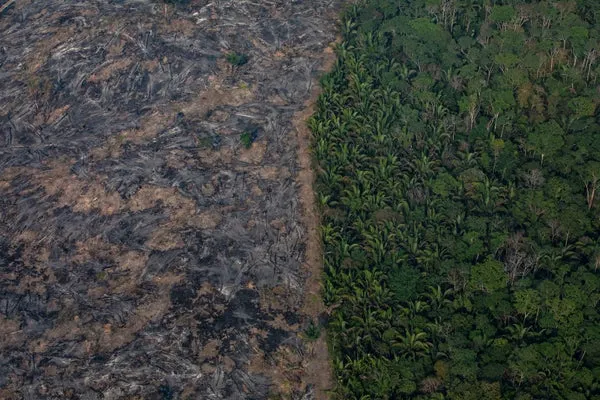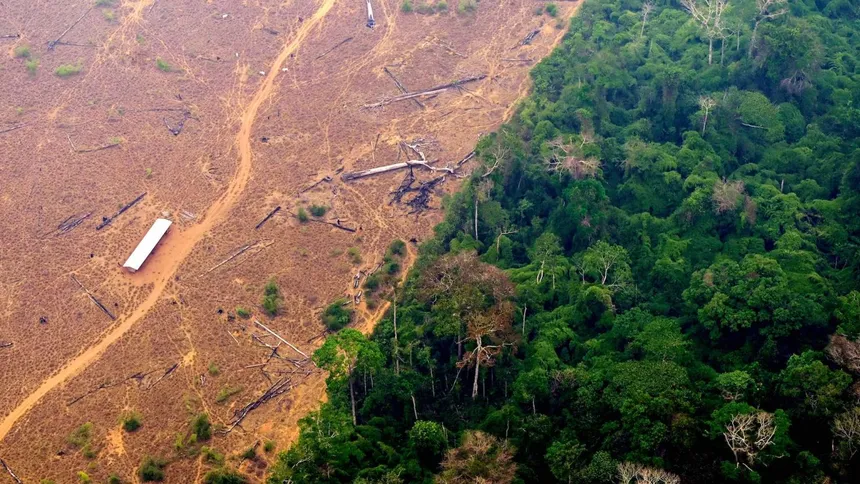The Amazonian capital of Manaus has become a climate catastrophe, with air quality plummeting to second-worst in the world and rivers reaching their lowest levels in 121 years. Normally a city of blue skies and lush forests, Manaus is now enveloped in a murky brown haze, reminiscent of China’s most polluted phase. The usually vibrant port has been pushed far out across dried-up, rubbish-strewn mud flats.
The city’s surroundings, once teeming with life, are ablaze. Fires fueled by an unusually dry season, exacerbated by El Niño and human-induced global heating, have turned the forest into a tinderbox. The once-abundant freshwater resources are now scarce, and the rivers have shrunk to mere trickles. The port, once a bustling hub of commerce, is now a scene of desolation, with goods ships unable to navigate the shallow waters.
Air-quality monitors have measured staggering levels of pollution, with readings of 387 micrograms per cubic meter, surpassing even São Paulo’s 122 micrograms. The only city with worse air quality is an industrial center in Thailand. The consequences are dire: respiratory problems, eye irritations, and even increased mortality rates are all possible.
The drought has also brought economic woes. Goods are becoming scarce and expensive, leading to shortages of essential resources, including medicines. The usually thriving free-trade zone of Manaus is beginning to falter. Local firefighters, struggling to contain the blazes, are ill-equipped and ill-prepared to deal with the scale of the disaster.

Rivers, the lifeline of many Amazonian communities, are the only means of access to many areas. As their levels continue to fall, communities are being cut off, raising concerns of a humanitarian disaster. Elsewhere, navigation is only possible by small boats, making transport expensive and unpredictable. Factory production is also suffering, as deliveries of supplies are becoming increasingly difficult.
Conservationists are warning that the crisis is not just a local issue, but a global one. The Amazon is a vital component of the planet’s ecosystem, and its destruction could have catastrophic consequences. The construction of a new paved road, the BR 319, would be a disaster for the remaining areas of intact forest. Instead, experts are calling for sustainable solutions, such as reforestation and research into climate change mitigation.
The situation is dire, but hope is flickering. Brief periods of upriver rain have raised hopes that the dry season may be drawing to a close. However, meteorologists caution that it is too soon to predict with certainty. Climate trends indicate that this drought will not be a record for long, and the Amazon’s future remains precarious.

